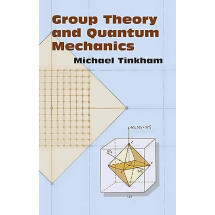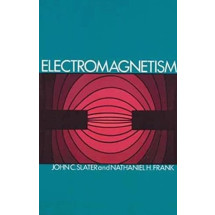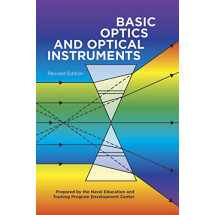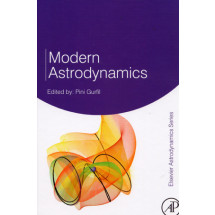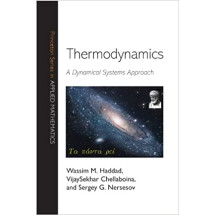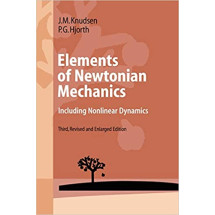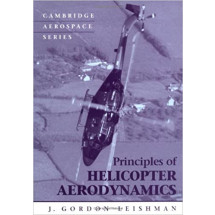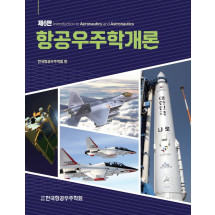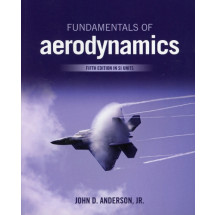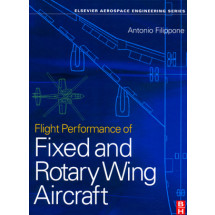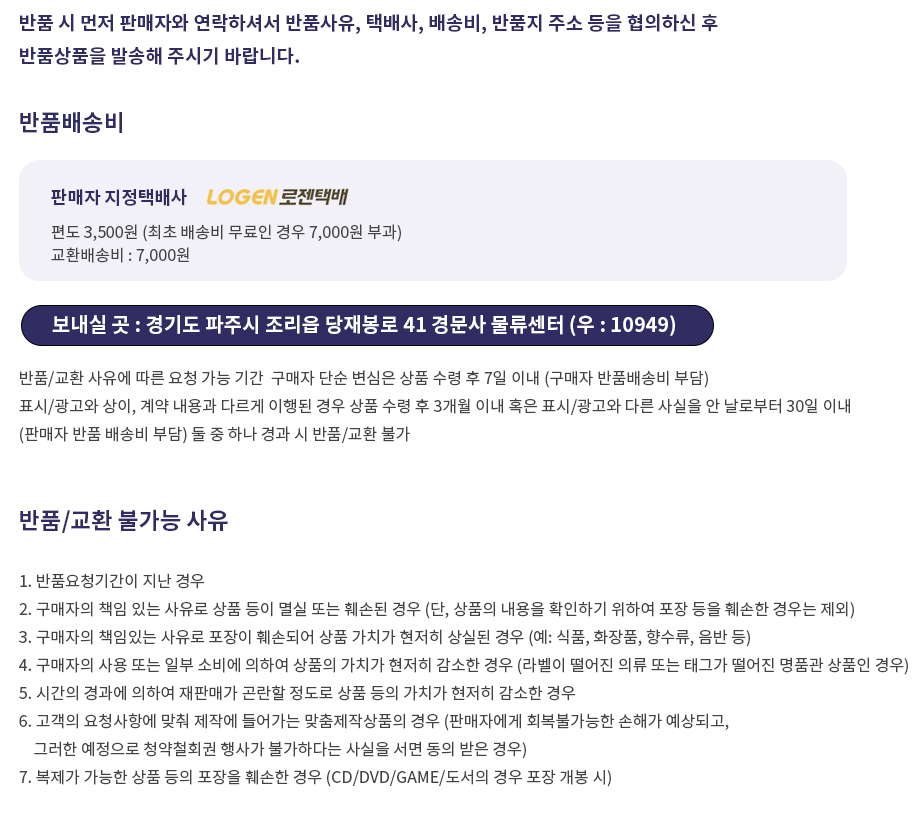Preface xiii
1 Quality Value and Engineering 1
1.1 An overall Quality System 2
1.2 Quality Engineering in Product Design 5
1.2.1 System Design 5
1.2.2 Parameter Design 5
1.2.3 Tolerance Design 7
1.3 Quality Engineering in Design of Production Processes 7
1.3.1 System Design 7
1.3.2 Parameter Design 7
1.3.3 Tolerance Design 8
1.4 Quality Engineering in Production 8
1.5 Quality Engineering in Customer Service 9
1.6 Summary 9
Problems 9
References 10
2. Loss Function and Quality Level 11
2.1 The Loss Function 12
2.1.1 Derivation of the Loss Function13
2.1.2 Uses of the Loss Function 15
2.1.3 Economic Consequences of Tightening Tolerances as a Means to Improve Quality 17
2.1.4 The Loss Function for Similar Products (or for a System with Independent Components) 18
2.1.5 The Loss Function and Justification of Improvements 19
2.1.6 The Loss Function and Inspection 20
2.2 Quality Evaluaions and Types of Tolerances 24
2.2.1 The-Nominal-The-Best (N Type) 25
2.2.2 N-Type Tolerance When the Plus and Minus Tolerances Are of Equal Amount 25
2.2.3 N-Type Tolerance When the Plus and Minus Tolerances Are Not Equal 30
2.2.4 The-Smaller-The-Better (S Type) 33
2.2.5 The-Larger-The-Better (L Type) 34
2.3 Determinations of Tolernances 37
2.4 Summary 39
Problems 39
Refernaces 44
3 Tolernce Design and Tolerancing 45
3.1 Funciotnal Limets and the Sicietal Loss 46
3.2 Tolerance Design for The-Nominal_The-Best (N Type) 48
3.3 Tolerance Design for The-Larger-The-Better Characteristics (L Type) 50
3.4 Tolerance Design for The-Smaller-The-Better Characteristics (S Type) 51
3.5 Tolerance Allocation for Multiple Components 54
3.6 Nonlinear Tolerancing 58
3.7 Summary 59
Problems 59
References 63
4 On-Lines Feedback Quality control: Variable characteristics 64
4.1 Feedback Control with Measurement Interval of One Unit of Production 65
4.1.1 Mean Squared Drift 65
4.2 The Loss Function 68
4.3 Feedback Control with Measurement Intercals Greater than One Unit of Production 68
4.3.1 Control System for Lot or Batch Types of Production 73
4.4 Summary 77
Promblems 77
References 81
5 On-Line Process Parameter Control: Variable Characteristics 82
5.1 Process Parameter Tloerance 83
5.2 Process Parameter Feedback Control Systems 84
5.3 Measurement (Prediction) Error and Process Control Parameters 90
5.4 Summary 95
Problems 96
References 99
6 On-Line Quality Control: Attribute Characteristics 100
6.1 Checking Interval for Attribute Characteristics 101
6.1.1 Optimal Interval between Successive Diagnoses 105
6.1.2 Optimal Interval between Successiver Diagnoses for Processes with Small Numbers of Defects 109
6.1.3 Sensitivity Analysis and Process Recovery 112
6.2 Frequency of Process Diagnosis 116
6.3 Summary 119
Promblems 119
References 121
7 On-Line Quality Control: Methods for Procss Improvements 123
7.1 Production Process Improvement Methods 123
7.1.1 Preventive Tool Change 124
7.1.2 Tools with Longer Lives 126
7.1.3 Automatic Process Diagnosis and Productions Process Adjustment 129
7.2 Process Diagnosis Improvment Methods 131
7.3 Process Adjustment and Process Recovery Improvement Methods 135
7.3.1 Use of Redundant Machines 135
7.3.2 Automatic Diagnosis: Adjustment and Recovery Systems 138
7.4 Summary 140
Problems 140
References 147
8 Introduction to Preventive Maintenance 148
8.1 Preventive Maintenance Schedules: Deviations on Both Sides of Target Values 150
8.2 Prevetive Maintenance Schedules for Functional Characteristics 156
8.3 Preventive Maintenance Schedules for Large Scale Systems 160
8.4 Summary 162
Problems 162
References 163
Appendixes 165
A Areas under the Normal Curve 165
B Feed Forward Control 168
Index 171


